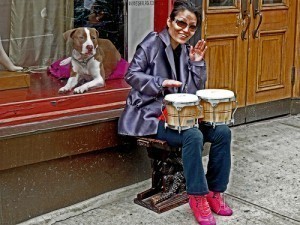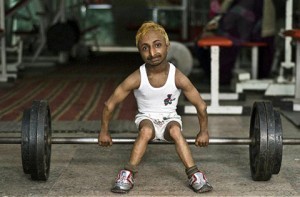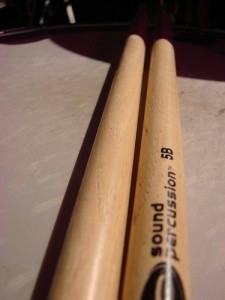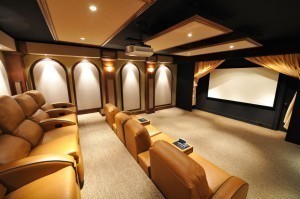Size of Bongo Drums
Bongo drum sizes range from 6” & 7” to 7” & 8 1/2”. Smaller versions exist for kids. These measure 5” & 6”. Other sizes are available. The drums are joined, but one is almost always bigger than the other.
Widespread Use
These instruments are best known for their use in Latin music, especially Cuba. Many believe the instruments originated in that country. However, variants can be found in Egypt and many countries in the Middle East. These Middle Eastern drums are similar to the ones used in Cuba. However, they are often made of ceramic rather than wood.
Design
Regardless of the bongo drum sizes, most have a metal or wood base. Fine tuning is conducted by stretching or tightening the skin atop the drum. The drums are held between one’s knees when being played. Sounds are produced by tapping it with the fingers. Some players use brushes to generate other sounds.
The larger drum is known as the hembra. The smaller one is known as the macho. These are the Spanish names for female and male. The hembra is known for its distinctly lower tone compared to the macho. These have higher tones compared to the conga drums used in African music.
Popularity
While these drums have been used a long time in Latin America, they really became popular around the 19th century. The widespread use of the instrument also popularized rumba, mambo, salsa and other dance forms.
Playing the Bongo
Learning to play the instrument is easy, but mastering it takes a while. Quick hands are required to get the rhythm and staccato. When playing solos, rapid hand movement is necessary. With skilled players, the movement is so quick the hands will appear blurred.
Historical Background
The earliest known styles of drumming these instruments came from Cuba. It is known as Changui and Son. These emerged in the eastern portion of the country. During the 1940s, steel tuning bags were created. These simplified tuning. There are some historians who believe the drumming emerged from the Abakua Drum trio ‘Bonko’.
These instruments are still part of the Abakua religion. The only difference is that these drums are not joined. Otherwise, the appearance is the same.
Whatever the bongo drum sizes, players invariably put the macho on the thigh and the hembra against the opposing calf. To attain the best sound, always hit it with the fingertips’ pads, not the knuckles.





